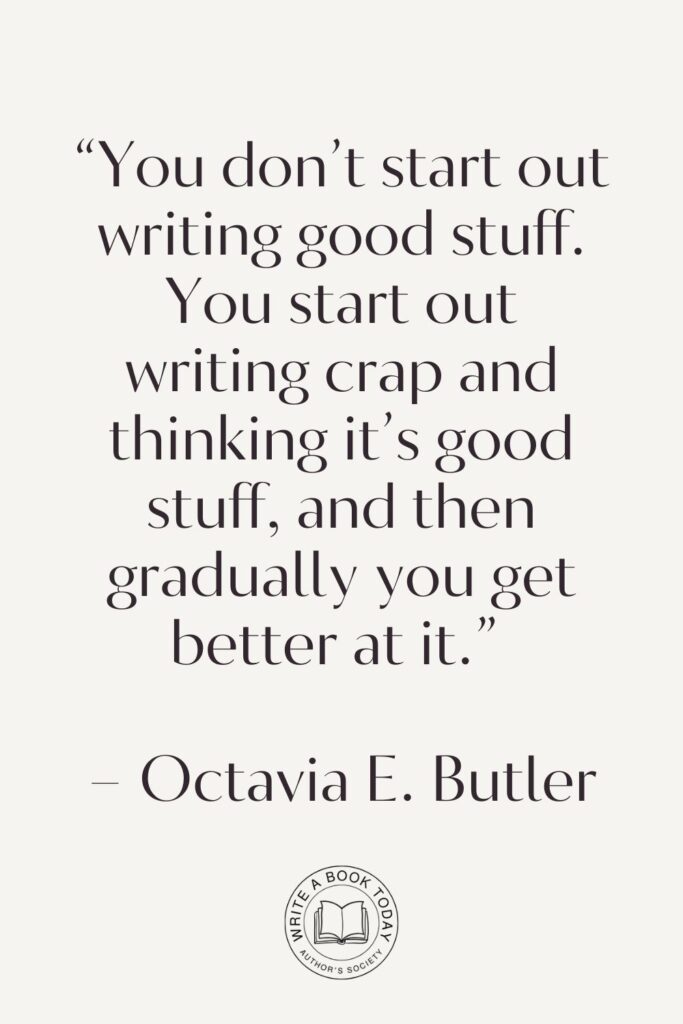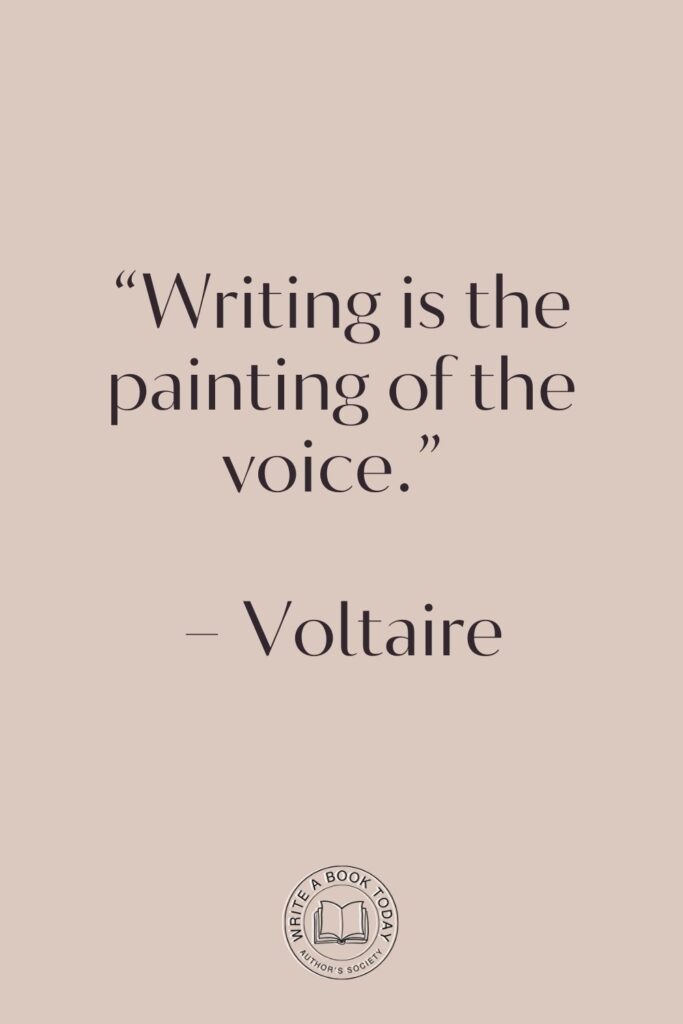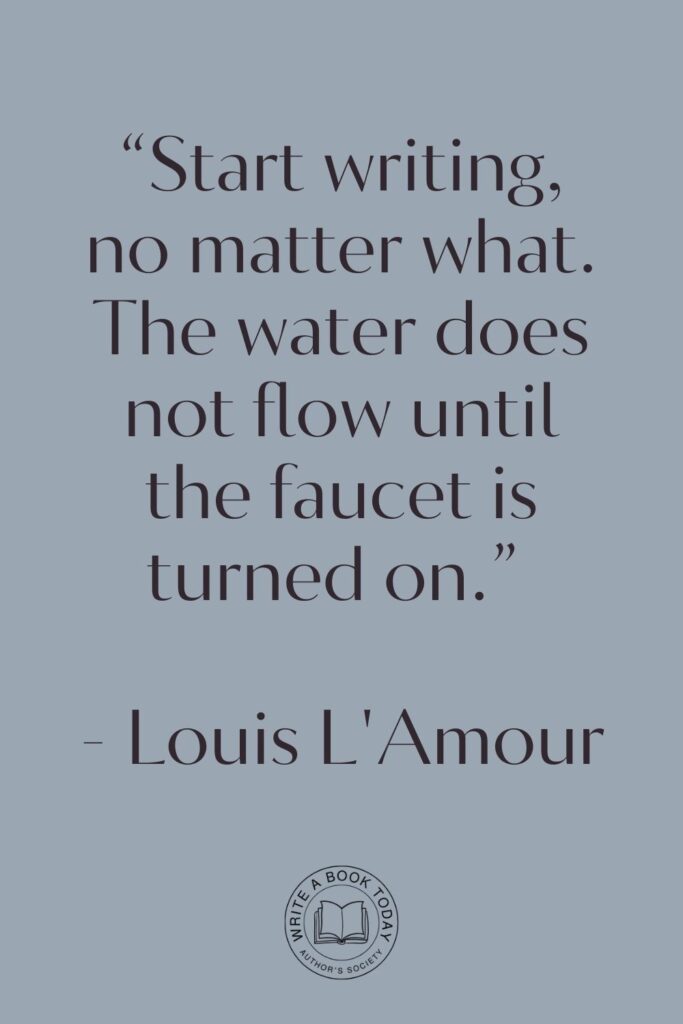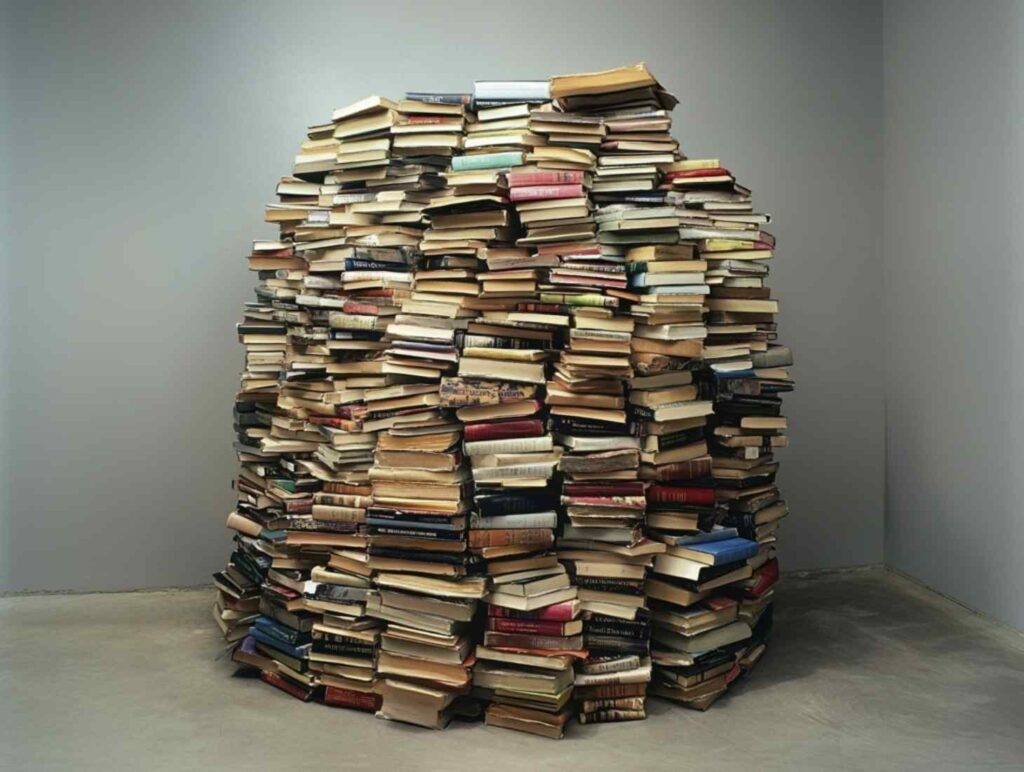Have you ever been entranced by a story that hops through time like a dancer skipping across a stage? Nonlinear narratives can captivate audiences, drawing them into a web of intrigue and mystery. But what exactly makes this storytelling technique so compelling, and how can you harness its potential in your own writing?
Let’s embark on a journey through the twists and turns of nonlinear narrative, unlocking the secrets to crafting stories that defy the traditional linear path.
Understanding Nonlinear Narratives
Before we delve into the art of nonlinear storytelling, it’s essential to understand its core elements. Nonlinear narratives break free from the chronological shackles that bind conventional stories, allowing writers to explore events out of sequence. This approach can add depth and complexity, offering readers a rich tapestry of experiences and emotions.
Defining Nonlinear Narrative
At its heart, a nonlinear narrative is a storytelling technique that doesn’t follow a straight line from beginning to end. Instead, it leaps back and forth through time, presenting events non-sequentially.
This can manifest as flashbacks, flash-forwards, or fragmented storylines interweaving to form a cohesive whole. Think of it as a puzzle, where each piece is a different moment in time, and the reader’s task is to assemble them into a complete picture.
Consider the classic film “Pulp Fiction,” where the story unfolds in a series of vignettes that jump between different characters and timelines. This approach keeps the audience engaged, constantly piecing together the narrative puzzle.
No marketing platform? No social following? No problem!
Publisher Rocket helps you market your debut novel like a pro.
It’s a gamechanger for debut authors – try it today!


Historical Context and Evolution
The roots of nonlinear storytelling can be traced back to ancient literature, where myths and epics often played with time and perspective.
However, it was in the 20th century that this technique truly flourished, with modernist writers like James Joyce and Virginia Woolf experimenting with stream-of-consciousness narratives. Their works paved the way for contemporary storytellers to push the boundaries of traditional narrative structures.
In today’s literary landscape, nonlinear narratives continue to evolve, with authors and filmmakers exploring new ways to manipulate time and perspective. From the disjointed timelines of “Memento” to the fragmented memories of “The Sound and the Fury,” nonlinear storytelling has become a powerful tool for creative expression.
The Appeal of Nonlinear Storytelling
Why do writers and audiences alike find nonlinear narratives so alluring? The answer lies in their ability to engage and challenge, inviting readers to become active participants in the storytelling process. By breaking away from the constraints of linear time, nonlinear narratives open up a world of possibilities for creative exploration.

Benefits of Nonlinear Narratives for Writers
For writers, the allure of nonlinear storytelling lies in its potential to create depth and complexity. By weaving together multiple timelines and perspectives, you can craft a narrative that resonates on multiple levels.
This technique allows you to explore themes and motifs in greater detail, providing a richer, more immersive experience for your readers.
Experiment with different narrative structures to discover what works best for your story. Try rearranging scenes or introducing flashbacks to see how they affect the overall flow and impact of your narrative.
Don’t be afraid to take risks and embrace the unexpected twists and turns of nonlinear storytelling.
Engaging Readers in New Ways
Nonlinear narratives invite readers to become active participants in the storytelling process.
By presenting events out of order, you encourage them to piece together the puzzle, making connections and drawing conclusions along the way. This engagement fosters a deeper connection with the story, as readers become invested in uncovering the hidden layers of meaning.
Consider the novel “Cloud Atlas,” where interconnected stories span centuries, each influencing the next in subtle ways. This intricate web of narratives challenges readers to explore the interconnectedness of human experience, creating a sense of wonder and discovery.
Google Docs is for notes. Scrivener is for novels. Upgrade your writing game and try it for free today!

Exploring the Elements of Nonlinear Narrative
Crafting a successful nonlinear narrative requires a delicate balance of storytelling techniques and narrative structure. By understanding the key elements of this approach, you can create a story that captivates and intrigues.
Key Storytelling Techniques
To master the art of nonlinear storytelling, it’s crucial to employ various techniques that enhance the narrative’s complexity and depth. Flashbacks and flash-forwards are common tools, allowing you to reveal important information strategically.
Fragmented storylines can also add intrigue as readers piece together seemingly unrelated events to form a cohesive whole.
Use flashbacks strategically to reveal character motivations and backstory. Ensure that each flashback serves a purpose, advancing the plot or deepening the reader’s understanding of the characters. Avoid overwhelming your audience with too many flashbacks, as this can disrupt the narrative flow.
Playing with Time and Structure
The beauty of nonlinear narratives is their ability to play with time and structure. You can create tension, suspense, and surprise by manipulating the sequence of events.
Consider using parallel timelines to explore different perspectives or alternate realities, adding layers of complexity to your story.
In the film “Inception,” the narrative unfolds across multiple layers of dreams, each with its own timeline and rules. This intricate structure keeps the audience on the edge of their seats, constantly questioning the nature of reality and perception.

Creating Tension and Surprise
One of the most compelling aspects of nonlinear storytelling is its ability to create tension and surprise. By withholding information and revealing it at unexpected moments, you can keep readers engaged and invested in the outcome.
Examples from Literature and Film
Nonlinear narratives have left an indelible mark on both literature and film, with countless examples showcasing their potential to captivate and challenge audiences. In literature, novels like “Slaughterhouse-Five” and “The Time Traveler’s Wife” use nonlinear structures to explore themes of memory, fate, and love.
These stories invite readers to question the nature of time and existence, weaving intricate tapestries of emotion and experience.
In the realm of film, “The Prestige” employs a nonlinear narrative to unravel a tale of obsession and rivalry. By revealing key events out of order, the film maintains a sense of mystery and suspense, culminating in a shocking and satisfying conclusion.
Analyzing Nonlinear Narratives in Popular Media
To fully appreciate the power of nonlinear storytelling, it’s essential to analyze how this technique is employed in popular media.
By examining the narrative structures of films like “Eternal Sunshine of the Spotless Mind” and “The Usual Suspects,” you can gain valuable insights into how nonlinear narratives create tension, surprise, and emotional impact.
Study the narrative structure of your favorite nonlinear stories to understand how they achieve their effects. Pay attention to how the sequence of events influences the pacing, tension, and emotional impact of the story. Apply these insights to your own writing to enhance your storytelling skills.
Practical Tips for Writing Nonlinear Narratives
Embarking on the journey of writing a nonlinear narrative can be both exhilarating and daunting. With the right approach and mindset, you can unlock the full potential of this storytelling technique, crafting stories that resonate with readers long after they’ve turned the final page.
Experimentation and Playfulness in Writing
Nonlinear storytelling invites writers to experiment and play with narrative forms.
Embrace this opportunity to explore new possibilities, breaking free from the constraints of traditional storytelling. Whether you’re rearranging scenes or introducing multiple timelines, let your creativity guide you as you discover the unique voice of your story.
Remember, there’s no right or wrong way to craft a nonlinear narrative. The key is to remain open to new ideas and approaches, allowing your imagination to soar as you weave your tale.
Building a Cohesive Narrative
While nonlinear narratives offer endless possibilities for creativity, it’s essential to maintain a sense of cohesion and clarity. Ensure that each element of your story serves a purpose, contributing to the overall narrative arc.
By carefully structuring your narrative, you can create a seamless and engaging reading experience.
Outline your nonlinear narrative to ensure a clear and cohesive structure. Identify the key events and plot points, and consider how they will be presented out of order. This will help you maintain clarity and coherence, ensuring that your readers remain engaged and invested in the story.

Common Pitfalls to Avoid
As with any creative endeavor, writing a nonlinear narrative comes with its own set of challenges. By being aware of common pitfalls, you can navigate these obstacles and create a story that captivates and resonates with your audience.
Maintaining Clarity for Your Readers
One of the most significant challenges of nonlinear storytelling is maintaining clarity for your readers. With events unfolding out of sequence, it’s essential to provide enough context and cues to help your audience follow the narrative.
Avoid overwhelming them with too many plot twists or convoluted timelines, as this can lead to confusion and frustration. Use clear and concise language, and consider incorporating visual aids like chapter headings or timeline diagrams to guide your readers through the story.
Feeling lost with your debut novel?
Fiverr Pro connects you with expert editors, designers, and marketers – everything you need to get your book ready for success!

Balancing Complexity and Accessibility
While nonlinear narratives offer the potential for depth and complexity, it’s crucial to balance these elements with accessibility.
Ensure that your story remains engaging and relatable, avoiding excessive complexity that may alienate your audience. By striking the right balance, you can create a narrative that resonates with readers on multiple levels.
Consider your target audience and their familiarity with nonlinear storytelling, tailoring your approach to suit their preferences and expectations.
Final Thoughts on Nonlinear Narrative
As we reach the end of our journey through the world of nonlinear narratives, it’s time to reflect on the potential of this storytelling technique. By embracing the challenges and opportunities it presents, you can unlock new dimensions of creativity and expression in your writing.
Embracing the Challenge of Nonlinear Storytelling
Nonlinear storytelling offers a unique opportunity to push the boundaries of traditional narrative forms. By embracing this challenge, you can create stories that captivate and inspire, inviting readers to explore new perspectives and ideas.
Remember, the key to success lies in experimentation and innovation, so don’t be afraid to take risks and explore uncharted territory.
Encouraging Creativity and Innovation
Ultimately, the power of nonlinear narratives lies in their ability to foster creativity and innovation. By breaking free from the constraints of linear storytelling, you can craft stories that resonate with readers on a profound level, inviting them to explore the rich tapestry of human experience.
So go forth, and let your imagination guide you as you embark on your own nonlinear narrative journey.








